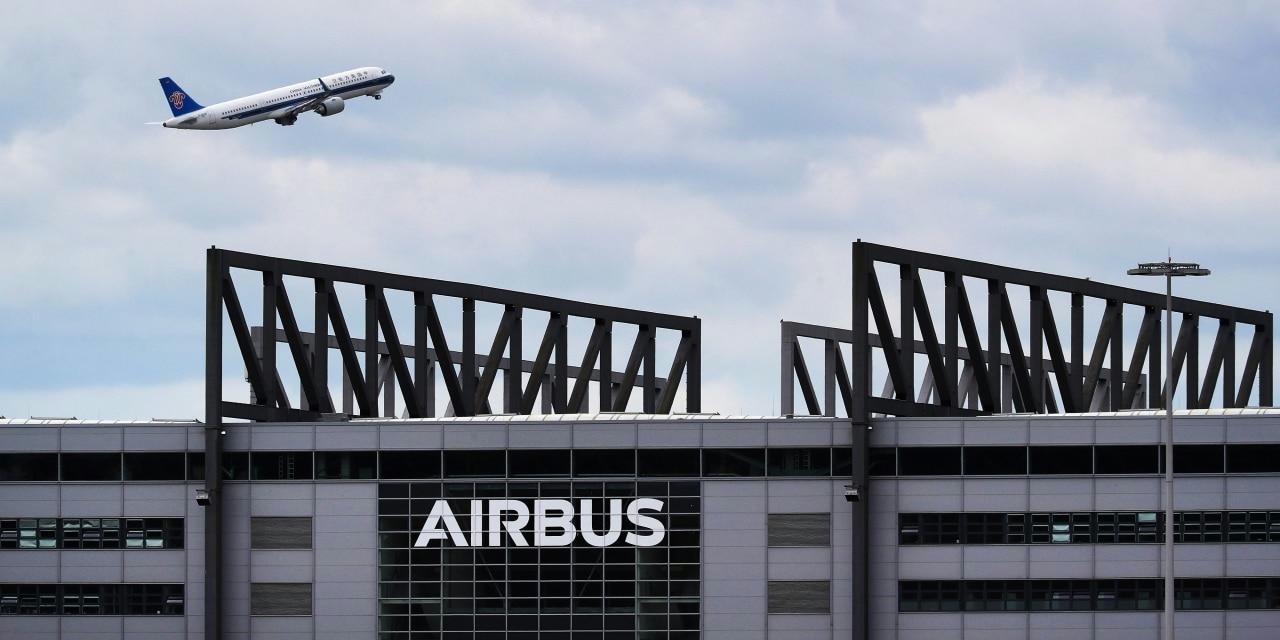
AeroGenie — Your Intelligent Copilot.
Trending
Categories
Denmark’s Air Alsie Acquires First Falcon 6X Jet

Denmark’s Air Alsie Acquires First Falcon 6X Jet
Air Alsie, the Danish aviation operator headquartered in Sønderborg, has expanded its fleet with the addition of a brand-new Falcon 6X, marking a notable development for the company. Registered as 9H-BEAR (msn 22), this aircraft is the first Falcon 6X to join Air Alsie’s lineup and the first in its fleet to be registered in Malta. Configured to accommodate up to 14 passengers, the jet began operations on August 1 with an inaugural flight from Paris Le Bourget to Sønderborg. Since then, it has conducted several test flights under the callsign ‘MMD’ around the Danish cities of Aalborg and Aarhus.
Strategic Implications and Market Context
The Falcon 6X, manufactured by Dassault Aviation, is distinguished by its advanced technology and extended range, enhancing Air Alsie’s competitive position within the business aviation sector. This acquisition arrives amid a period of uncertainty for the industry, which is grappling with challenges such as ongoing trade tariffs. These tariffs have already disrupted aircraft deliveries, exemplified by temporary halts in Pilatus Aircraft shipments to the United States. Such market dynamics may affect the operational deployment of the Falcon 6X and reshape competitive strategies. Rivals like Embraer are focusing on the preowned aircraft market and seeking tariff exemptions, while companies such as Eve Air Mobility are investing in emerging technologies like electric vertical takeoff and landing (eVTOL) aircraft. Consequently, industry responses to Air Alsie’s fleet expansion are likely to be mixed, with some viewing it as a strategic enhancement and others expressing caution due to tariff and competitive pressures.
It remains uncertain whether Air Alsie will re-register the Falcon 6X in Denmark, where it would become the first of its kind. Currently, it is the second Falcon 6X registered in Malta, joining another operated by Albinati Aviation.
Fleet Composition and Recent Developments
With the Falcon 6X addition, Air Alsie’s Dassault Aviation fleet now comprises four distinct models. These include the newly inducted Falcon 6X, four Falcon 2000LXS jets (one registered in the Netherlands), ten Falcon 7X aircraft—although one has been parked since May and is no longer listed on the company’s website, with others registered in Germany, the Netherlands, and the Cayman Islands—and four Falcon 8X jets. The company’s website also features a Falcon 7X and a Falcon 8X in the livery of VW Air Services (BTX, Braunschweig/Wolfsburg).
Beyond its Dassault fleet, Air Alsie operates a Pilatus PC-12 and two ATR72-500 aircraft, the latter wet-leased to its subsidiary Alsie Express for scheduled and charter services.
In July, Air Alsie retired Falcon 8X OY-SKK (msn 417), a 14-seat trijet previously operated on behalf of Kirkbi A/S, the majority shareholder of the LEGO Group. After 8.1 years of service, the aircraft was transferred to Blackbird Air in Billund, following a similar transition of a Falcon 2000LXS after Kirkbi ceased its corporate jet operations. The Falcon 8X, currently parked at Billund, will join Blackbird Air’s diverse fleet, which includes a Falcon 2000LXS, Falcon 2000S, Citation Jet 2+, two Phenom 300Es, a Praetor 600, a Gulfstream GVII-G500, and an AW139 helicopter. Blackbird Air also has plans to add a Gulfstream G700 in the near future.
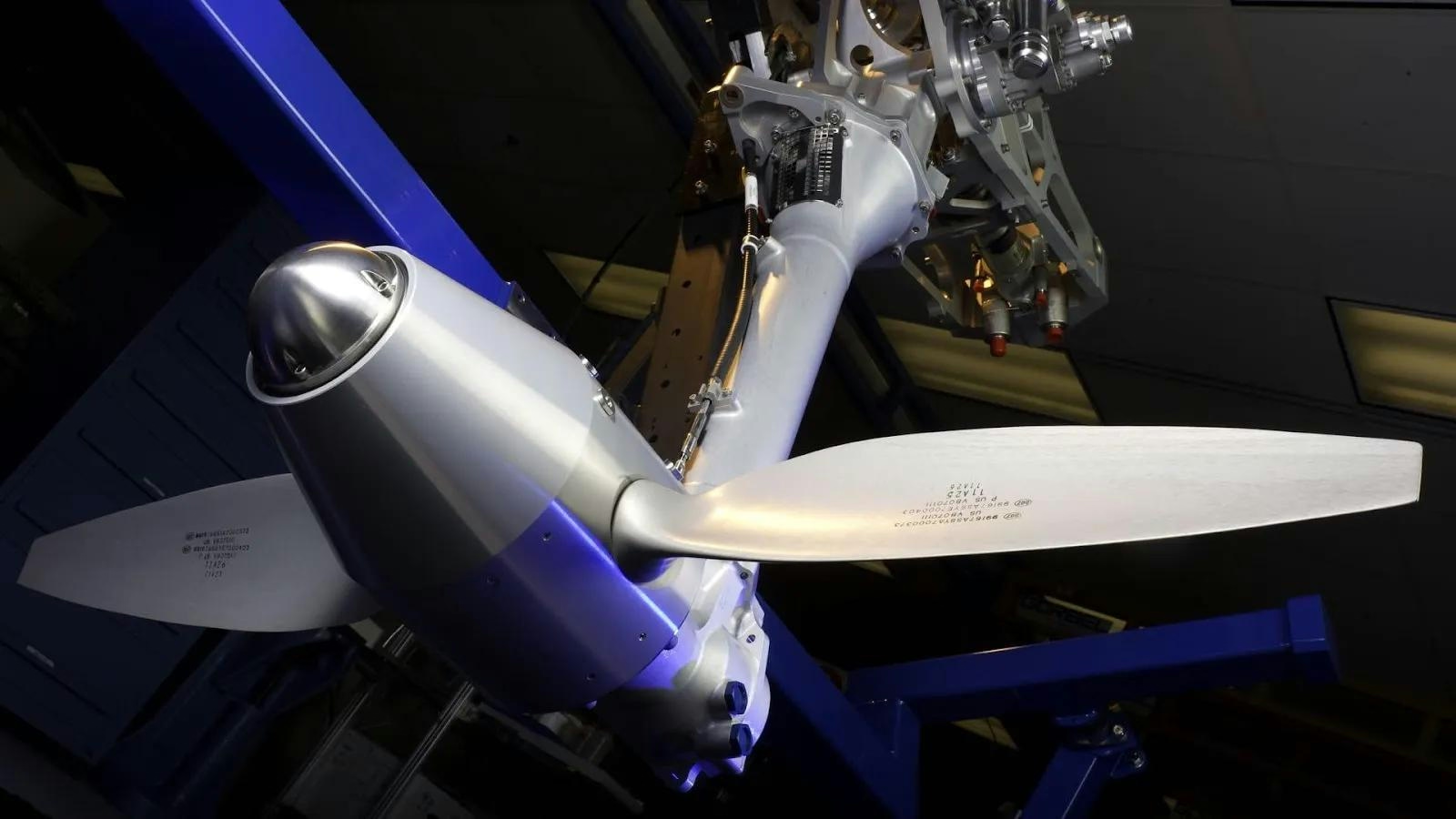
Turboprop Flight Experiences Double Engine Failure
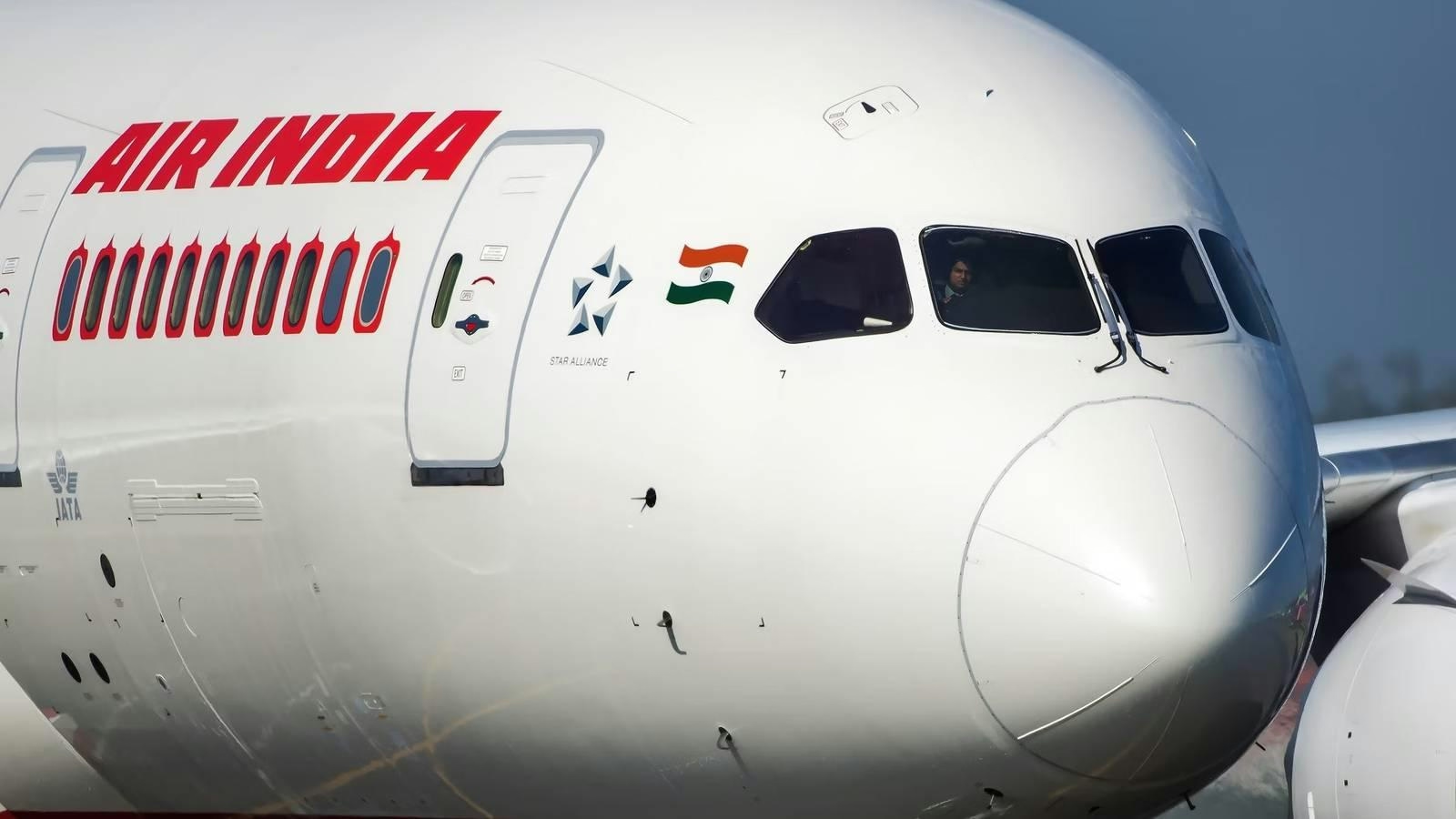
Aviation Regulator Issues Notice to Air India Over Repeated Aircraft Malfunctions
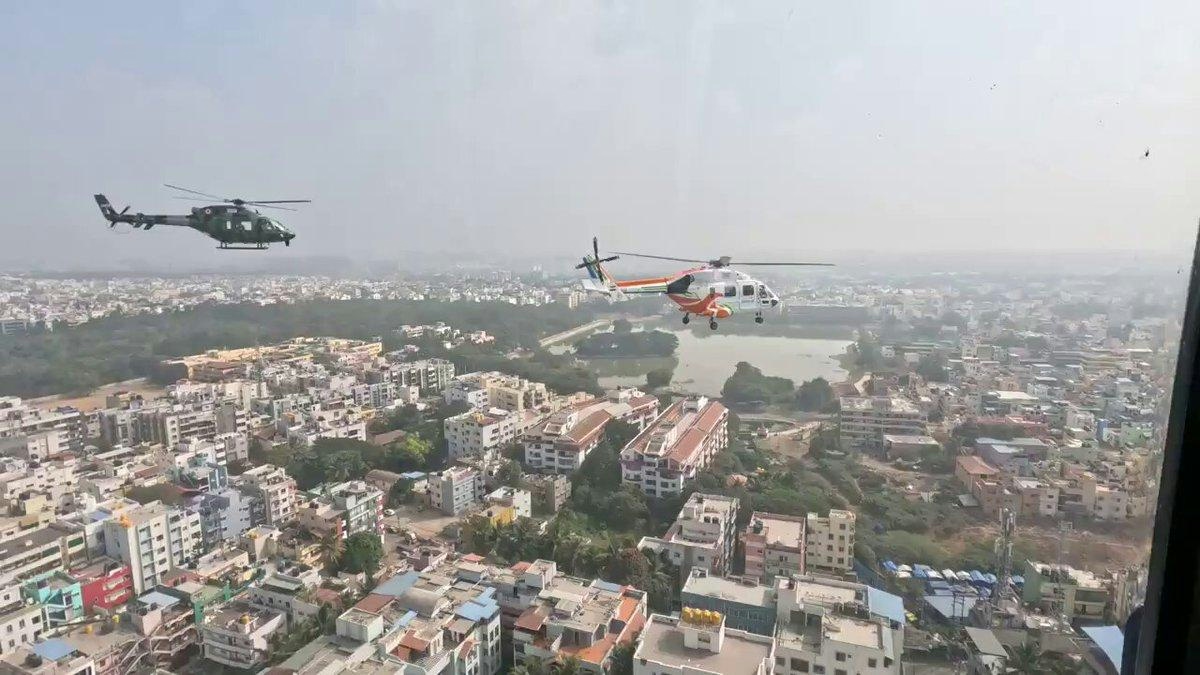
Dhruv-NG Civilian Helicopter Completes First Flight in Bengaluru

4-H Member Earns Private Pilot Certificate Through New Program
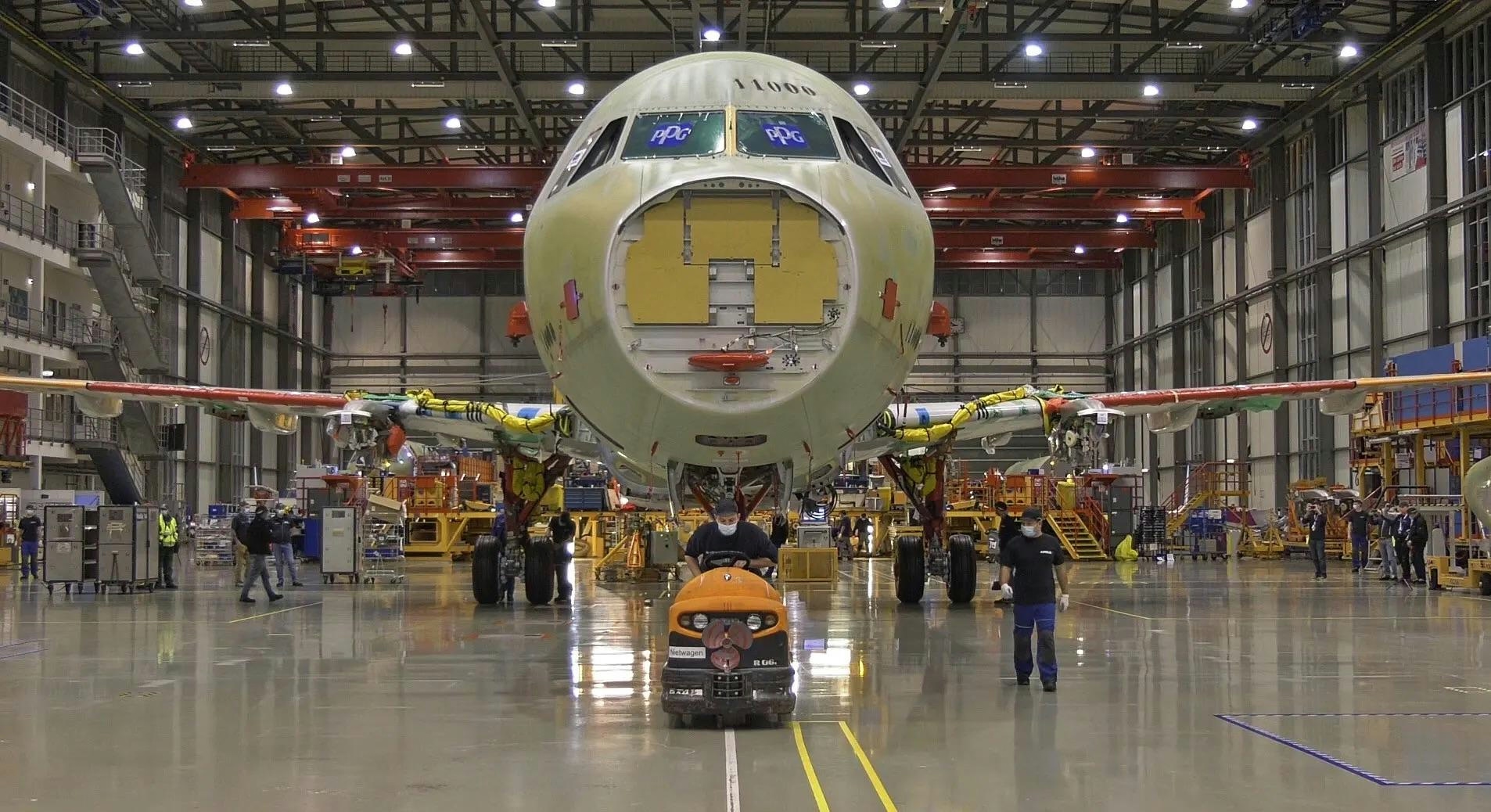
Airbus and Boeing Order Totals for 2025 Compared
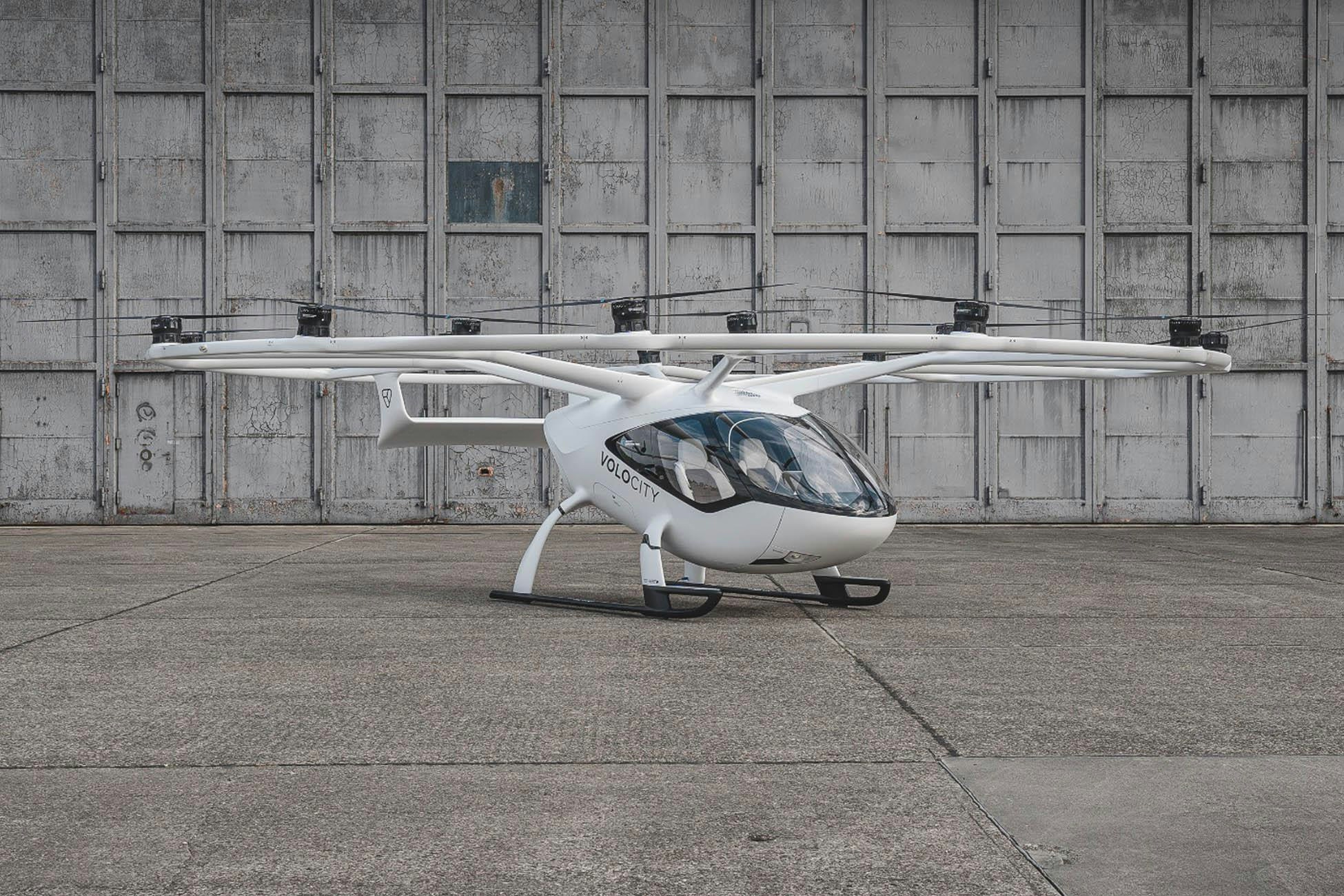
Jeju Island Introduces Air Taxis to Enhance Tourism and Reduce Emissions

Hillary Scholten Advances Bipartisan Aviation Supply Chain Digitization Act in House Committee
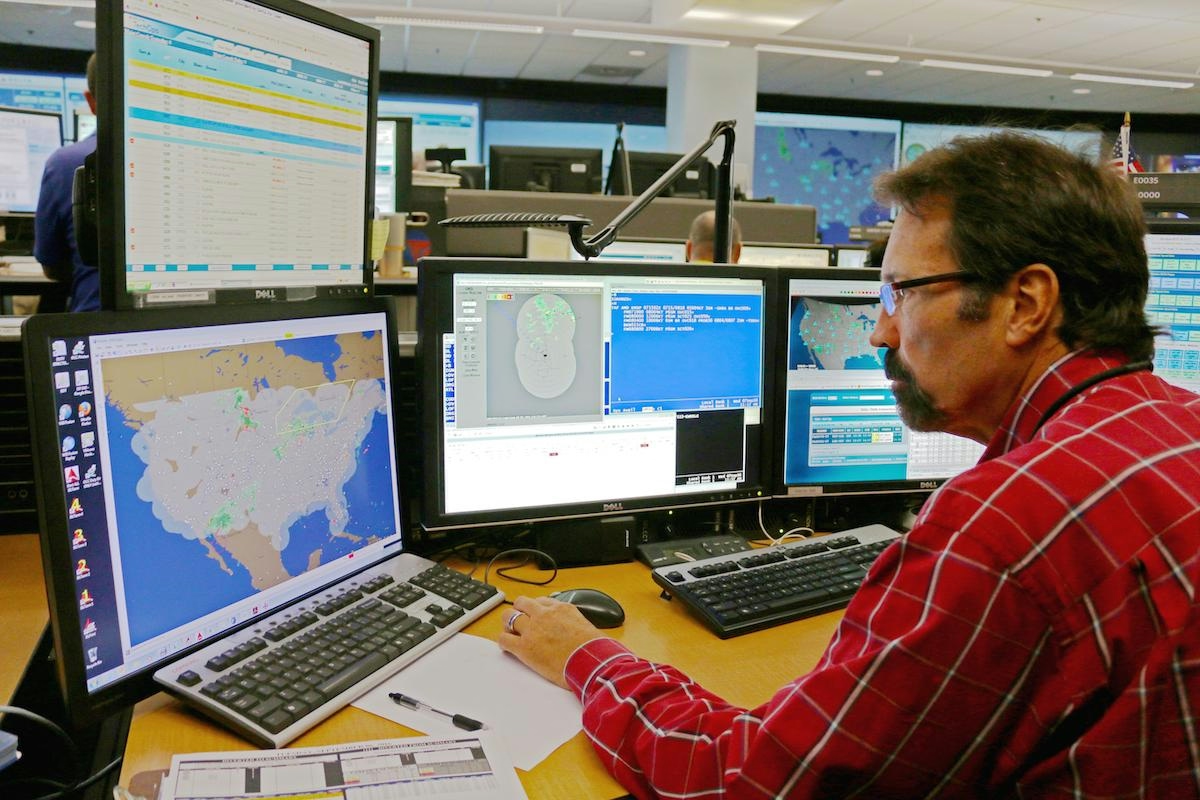
Delta’s Pilot Scheduling Software Disrupts Airline Operations
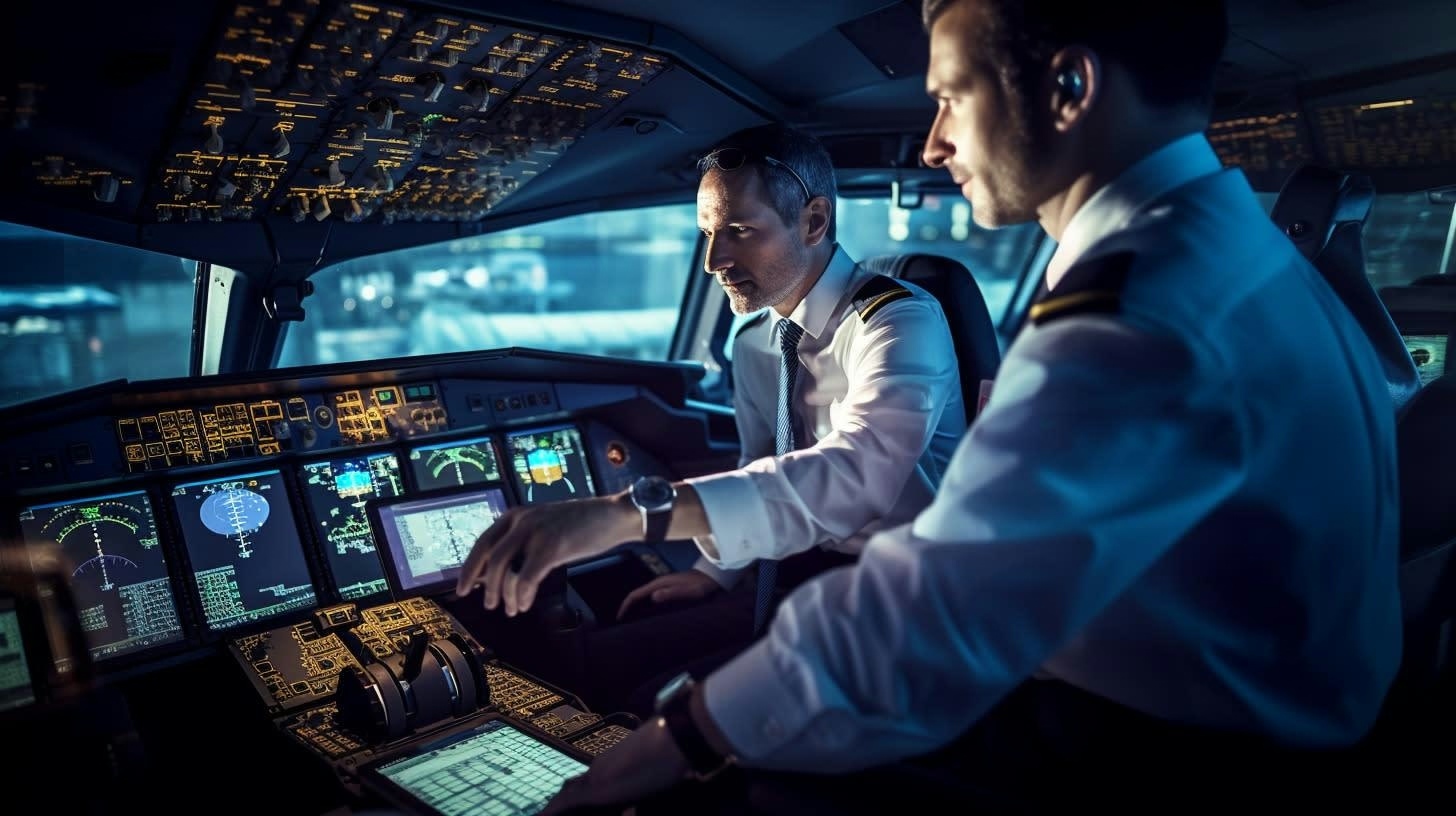
FTAI Aviation Shares Rise Amid Market Gains
